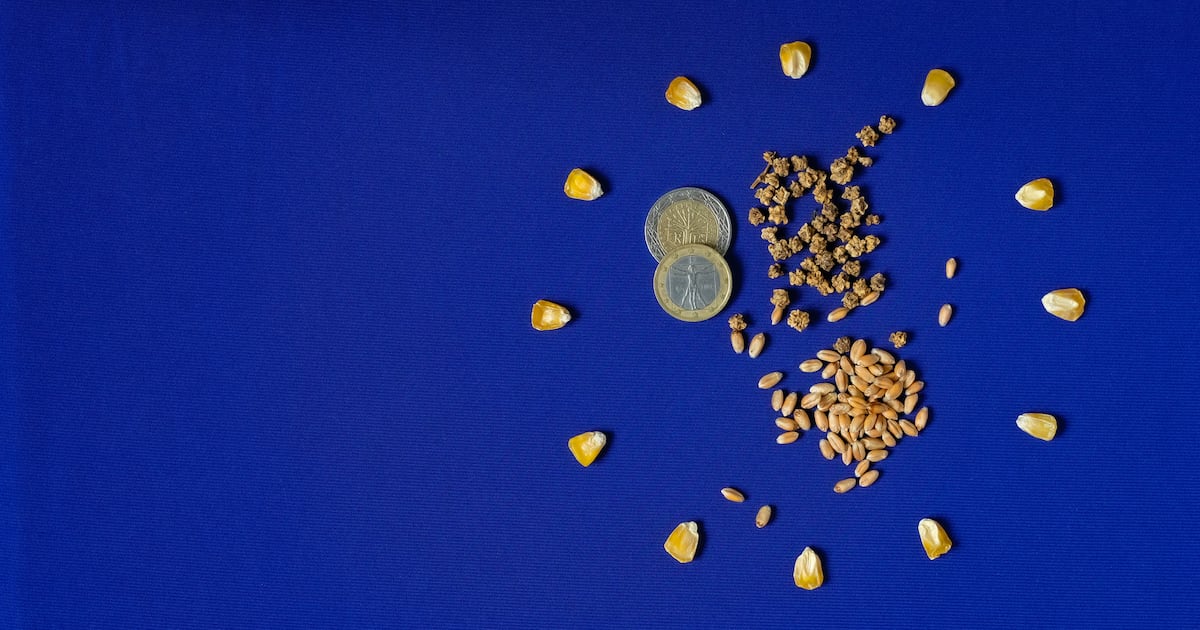Finally, the deal’s been struck. After months of speculation, president Donald Trump and European Commission President Ursula von der Leyen have agreed EU goods will incur a 15% tariff in the US.
The news is both positive and negative for Europeans. Good, because President Trump had been threatening a tariff double the size – at 30% – which would have been “devastating” for producers that rely heavily on American sales, such as those making cheese, wine and olive oil.
And bad, because 15% is higher than the 10% tariff Trump had in place from 2 April 2025. The tariff is also significantly greater than the average tariff on EU goods in place prior to President Trump’s reelection, which was around 1.2%.
For Europe’s food and agriculture sectors, the deal brings short-term certainty at last. Since President Trump first announced his intentions, manufacturers have been rushing to beat tariff rises by getting their non-perishable goods onto US soil as quickly as possible.
Now that the deal’s done, food producers can better prepare for the future. As agri-food trade body CELCAA stresses, the news also puts any threat of further escalation to bed – a threat that’s been “hanging over operators for months”.
But that doesn’t change that European agri-food products will now less competitive on the US market. The agreement potentially hinders opportunity for growth on this lucrative market, explains CELCAA.
Exactly which food and drink products will be less competitive in America is not yet known. The presidents have not made clear which tariff rate will apply to European wine and spirit producers selling into the US.
The deal is also not set in stone. It’s been suggested the agreement was merely political, and at this stage, could risk being interpreted in different ways. But if it sticks for long enough, a sense of normalcy may well return to the market.
That’s what trade body CELCCA is predicting: “We expect that the weeks and months to come will see a re-equilibrium of trade activity between the EU and US.”
